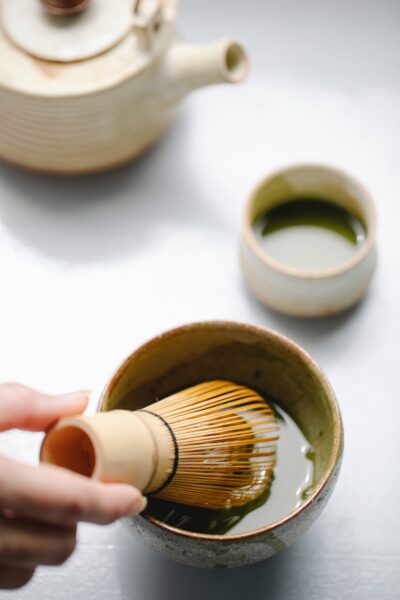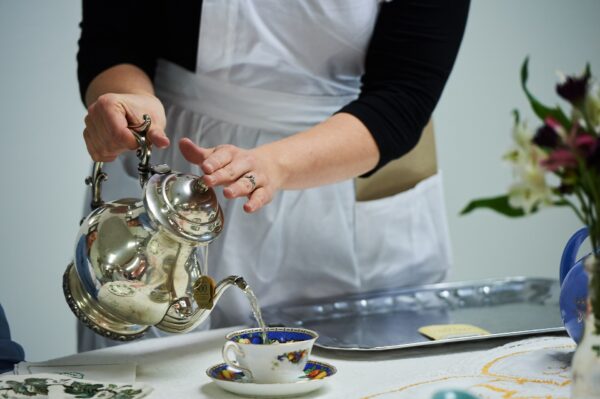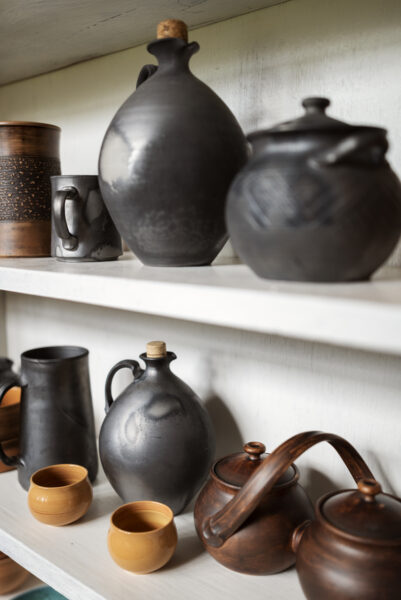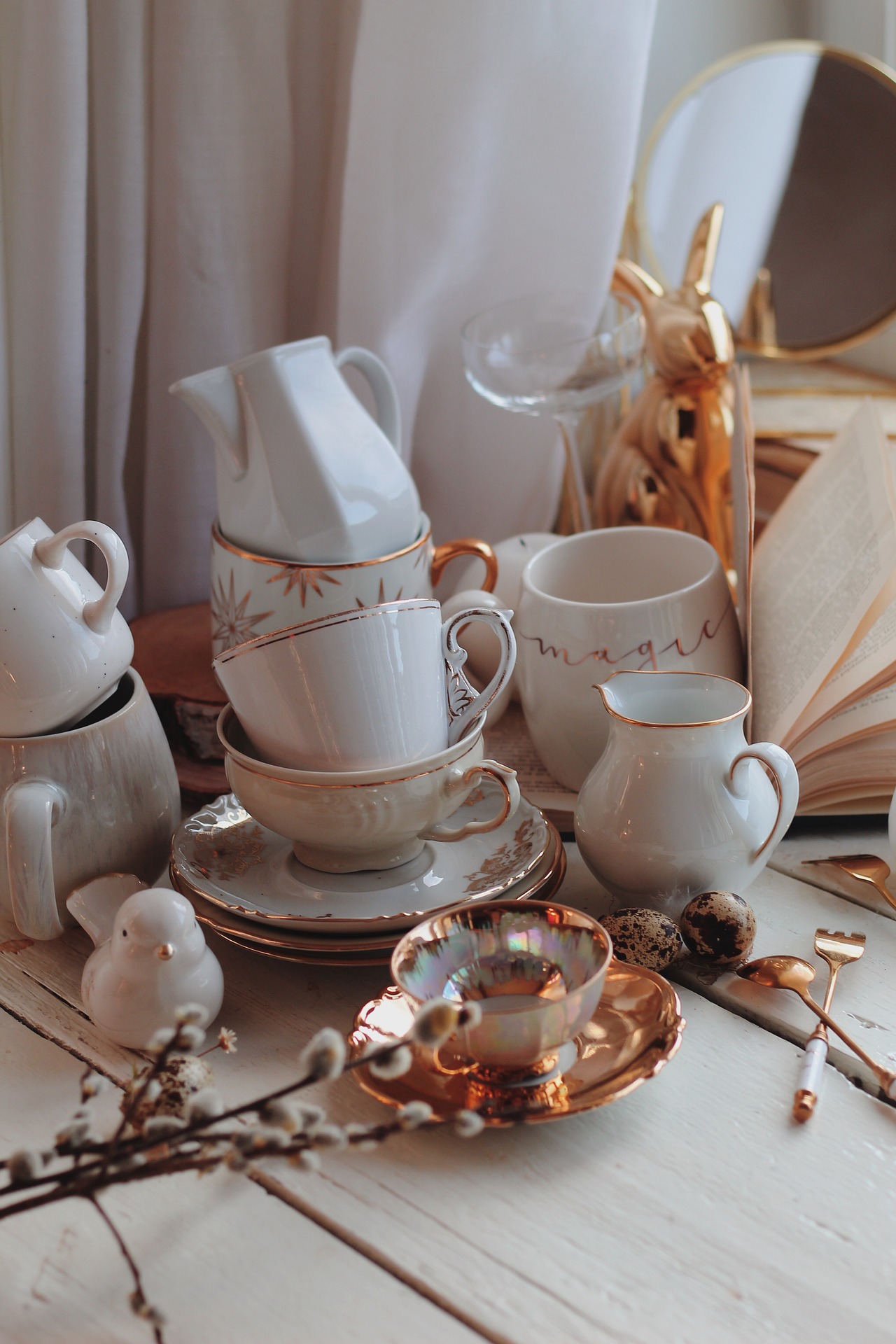
Tea, a beverage deeply woven into the cultural fabric of societies worldwide, has not only stirred emotions but also inspired the creation of teaware that transcends mere functionality. From the delicate beauty of porcelain teacups to the robust charm of Yixing clay teapots, artisans have sculpted vessels that transform the act of sipping tea into a sensory journey, marrying form and function in a harmonious dance.
The Japanese Matcha Bowl: A Canvas of Tranquility
Picture yourself in a traditional Japanese tea ceremony, surrounded by the meticulous movements of the tea master. The focal point of this ritual is the matcha bowl, known as the chawan. Crafted with meticulous attention to detail, these bowls are more than mere vessels for tea; they are canvases of tranquility. The glaze, texture, and shape are carefully considered to enhance the experience of whisking matcha into a frothy elixir. Holding a Japanese matcha bowl is an immersive experience – the smoothness against your fingertips, the weight in your palms – it’s as if you’re cradling a moment of serenity.

English Teapots: A Timeless Elegance
On the other side of the world, the English teapot stands as a symbol of timeless elegance and tradition. Crafted from fine bone china or sturdy earthenware, these teapots often boast intricate designs that tell stories of heritage and refinement. The delicate handle, the graceful spout, and the perfectly balanced lid – each component contributes to a teapot that is not just a vessel but a work of functional art. The English teapot encapsulates the essence of afternoon tea, transforming a simple beverage into a regal affair.

Yixing Clay Teapots: Where History Meets Craftsmanship
In the heart of China, the Yixing clay teapot holds a unique place in the world of teaware. Carved from a special type of purple clay found only in the Yixing region, these teapots are prized for their ability to absorb and enhance the flavor of the tea with each use. The artisans who shape these teapots are not merely creating functional vessels; they are preserving a centuries-old tradition. The unassuming beauty of a Yixing clay teapot lies in its simplicity – a celebration of the raw elegance inherent in the natural material.

The Marriage of Form and Function:
What sets these diverse teaware pieces apart is the seamless marriage of form and functionality. Teacups, teapots, and other vessels are not just tools for brewing and serving tea; they are expressions of cultural heritage, artistic vision, and the intimate connection between the artisan and the user.
The tactile experience of holding a well-crafted teacup or teapot is akin to engaging with a piece of art. The textures, shapes, and designs invite users to explore the craftsmanship that went into each creation. As you run your fingers along the smooth surface of a porcelain teacup or appreciate the earthy tactility of a Yixing clay teapot, you are connecting with the essence of the artist’s vision.
Conclusion:
In the world of tea, teaware is not merely a utilitarian accessory; it is an integral part of the tea-drinking experience. Whether it’s the serene beauty of a Japanese matcha bowl, the timeless elegance of an English teapot, or the historical significance of a Yixing clay teapot, each piece of teaware tells a unique story.
Sculpting elegance in teaware is an art form that goes beyond the surface – it delves into the cultural roots, craftsmanship, and the delicate dance between form and functionality. As we lift our teacups and pour from our teapots, we become part of a timeless tradition, where the artistry of teaware transforms a simple cup of tea into an enriching and immersive experience.

